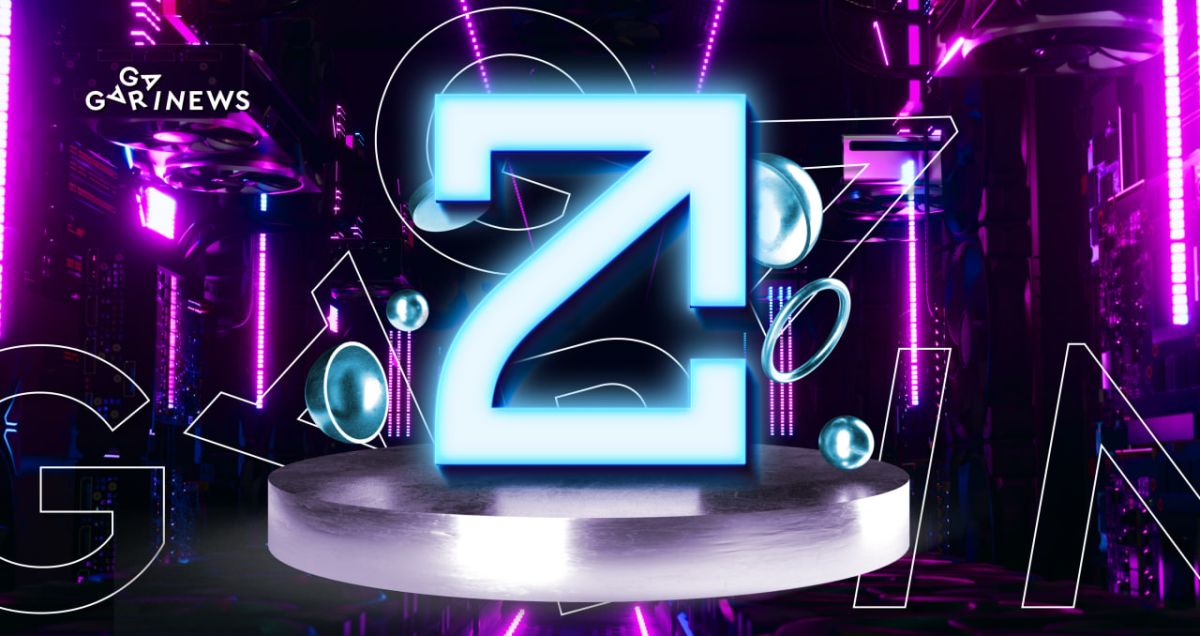ZetaChain: project overview and retroactive airdrop guide

The crypto world is no longer centered solely on Bitcoin. There are numerous new blockchains that are significantly different from one another. This causes some inconvenience.
On this page
It is impossible to simply send cryptocurrency from one network to another due to their incompatibility, and doing so means you will lose your tokens forever. Cross-chain bridges are commonly used for such operations, though they have some serious flaws. The ZetaChain project is working to find solutions to these issues.
What is ZetaChain?
ZetaChain is a decentralized blockchain built on Tendermint Consensus and Cosmos SDK, allowing for interoperability with other blockchains and L2 networks. It is based on the Proof-of-Stake algorithm and allows for completely transparent transactions that can be verified in a trust-minimized manner.
Additionally, ZetaChain offers a platform for smart contracts that supports omnichain interoperability. This technology enables automated transactions even on blockchains that do not currently support them, such as Bitcoin or Dogecoin.
Token transfer between blockchains Source: blog.zetachain.com
Developers do not need to learn a special programming language to create decentralized applications on ZetaChain because the blockchain is EVM-compatible. This means that you can use apps for Ethereum that have already been developed and are compatible with all other networks.
Here are a few examples of what can be created in the ZetaChain ecosystem:
- Decentralized fault-tolerant bridges;
- DEX platforms that work with multiple blockchains without the use of wrapped tokens;
- Omnichain smart contracts that can monitor and perform transactions on all connected chains;
- Cross-chain lending protocols.
What problems ZetaChain solves
Cross-chain bridges, which are often used to move cryptocurrency from one network to another, have a number of drawbacks. These include unreliability, high costs, and lengthy transaction times.
Because both networks that are involved in the cryptocurrency transfer require gas payments, the cost is high. The lengthy duration is due to the large number of intermediate steps required to complete such a move. The main issue, however, is the cross-chain protocols' flaws, which frequently result in crashes or hacking attacks. This harms the platform as a whole, its users, and the owners of wrapped tokens.
ZetaChain avoids the aforementioned issues primarily through its novel method of transfer, which does not involve the use of wrapped tokens like WETH or stBTC. Instead of those tokens that are the subject of transfer, ZETA tokens are blocked when transferring cryptocurrency between networks.
What is ZETA?
ZETA is the native coin of the ZetaChain blockchain, as well as an intermediary token in the case of cross-chain value transfer without the use of wrapped tokens. ZETA will be immediately released to numerous active networks to guarantee the transfer function once the project leaves the mainnet.
Furthermore, this cryptocurrency is used to pay transaction fees as well as for staking, which is essential for network operation. ZETA's properties provide a solid foundation for the ZetaChain blockchain's security, durability, and scalability, especially when compared to many other existing interoperability solutions, which can be centralized, poorly incentivized, and unstable in the long run.
Founders and investors
The ZetaChain project's founders are former employees of Coinbase, where they have worked since its inception. One of them is the creator of the BAT token.
There is some information about the investors, but the size of the investment has not yet been made public. Currently, it is known that they include various experts from Coinbase and Binance, including Sam Rosenblum, Dan Romero, and John Yi. The project also received financial support from Polygon blockchain founder Jaynti Kanani and former Hashed IT director Hwisang Kim.
Retroactive airdrop guide
The ZetaChain team has not stated that active testnet contributors or participants will receive rewards, but serious and significant projects typically keep such information under wraps. Given that ZETA tokens are expected to appear along with the launch of the blockchain on the mainnet, and numerous social campaigns, a retroactive airdrop is also reasonably expected. The steps you should take to claim it are listed below.
The first and most important step is to test the ZetaChain platform. You'll need an EVM wallet (like Metamask) and testnets like Ethereum Goerli, Binance Smart Chain Testnet, and Polygon Mumbai. This can be done using Chainlist. To use the Bitcoin testnet, you must also register and set up the XDEFI wallet.
ZetaLabs platform testing Source: labs.zetachain.com
Next, you'll need to get test tokens ETH, MATIC, BTC, and BNB, which can be obtained by visiting the respective websites and clicking on the name of each token. Then go to the website of the platform, link your wallet, and submit a request to receive ZETA tokens via the “GET ZETA” section. You can now start testing.
To accomplish this, navigate to the “Swap” page and transfer tokens from one network to another. To count the activity, each transfer must be worth at least three ZETA tokens. The more of these operations you complete, the more points you earn.
After testing the platform, subscribe to the project's Twitter and Discord. Connect your accounts and wallet to Guild to get a well-deserved airdrop. You can pick up NFTs that confirm your work on the Galxe site.
The completion of tasks on Crew3 is equally crucial because it will show your social support for the ZetaChain project. Therefore, it is worth showing yourself there as well.
The content on The Coinomist is for informational purposes only and should not be interpreted as financial advice. While we strive to provide accurate and up-to-date information, we do not guarantee the accuracy, completeness, or reliability of any content. Neither we accept liability for any errors or omissions in the information provided or for any financial losses incurred as a result of relying on this information. Actions based on this content are at your own risk. Always do your own research and consult a professional. See our Terms, Privacy Policy, and Disclaimers for more details.




























